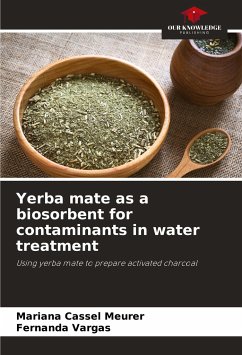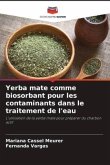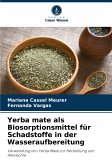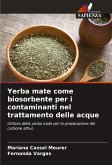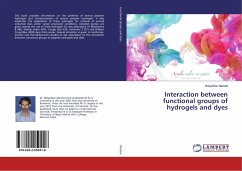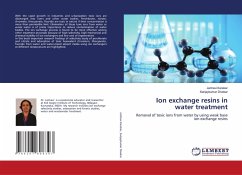Among the technologies available for water recovery, one of the most widely used is adsorption, a process based on the ability of certain solids to remove soluble substances. For this reason, precursor materials with a high carbon content have been tested as adsorbents. The aim of this study was to test the adsorptive capacity of biomass obtained from consumed yerba mate waste, comparing activation by pyrolysis alone with activation with ZnCl2 and subsequent pyrolysis. The metals tested were Cu2+, Pb2+ and Ni2+, which can cause damage to health if ingested in high concentrations. It was observed that of the metals studied, copper is the most favourable to be removed from water, with almost 100% removal using activated carbon by pyrolysis alone. This process also showed the highest Freundlich constant (Kf) of 203.0 mg.g-1.
Bitte wählen Sie Ihr Anliegen aus.
Rechnungen
Retourenschein anfordern
Bestellstatus
Storno

